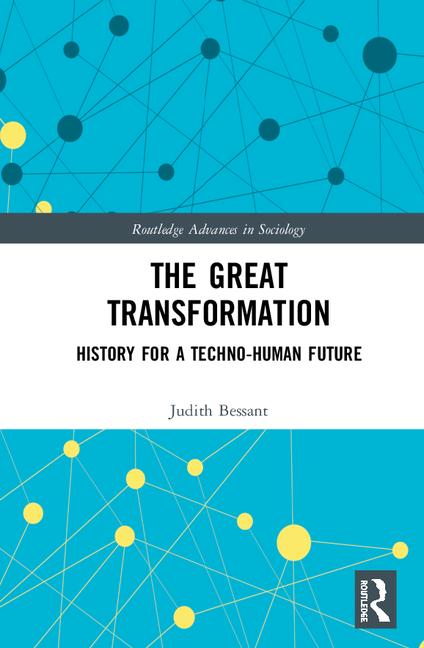How do people – research students in particular – make sense of large amounts of qualitative data? In my experience of supervising, this is a real issue for many students. And that’s not surprising. One of the expectations of post-graduate work is that your project will have a decent amount of data which helps you address your research questions, and develop implications based on evidence rather than opinion. But after spending a few months collecting data, faced with all the ‘raw’ files saved in storage devices or piled onto less sophisticated settings such as your kitchen table, how do you start analyzing it, and how do you know the analysis processes are the right ones?
Following the literature review and main data collection it is easy to end up with a tentative theoretical framework and a variety of types of data such as interview transcripts and field notes. One of the biggest difficulties is to show to readers that your use of a theoretical framework is not tokenistic and is supported with illustrative examples from your data. Nowadays testing the framework with your data and developing implications can be assisted with specialist software. The use of software for qualitative data analysis is currently part of many research methods courses. Apart from assisting with the managing and retrieving of different types of data across a number of datasets, software packages can be employed in the process of category construction.
However, there is some reticence regarding the use of this type of software, especially surrounding the perceived change of your role as researcher. Undesired effects include that you may be mislead to focus on frequency counts rather than meaning, whether frequent or not. And you can easily get enthused by the categorization process in itself, producing many new categories that do not necessarily address the research questions, a situation referred to as code fetishism. Advocates argue that although sorting small datasets by hand may be a viable option, with large datasets your memory can be aided by the software, as the number of categories and the relations between them are likely to develop with each additional reading. A number of packages are currently available in the market with similar baseline capabilities. For instance, you can identify relevant quotations on the computer screen and code them using virtual coloured stripes. As the emerging interpretations become clearer, whole categories can be easily merged or renamed. Other possibilities include word searching, auto coding, category reporting and file sharing.
Using specialist software is no guarantee for theoretically inspired thinking, but these packages can assist you in being systematic with your analysis, making sure no stone is left unturned when employing a particular theory as your analytical framework. Regardless of software use, applying social theory in qualitative data analysis would always need to be a thorough process of reading, meaning-making, testing and refining, which is repeated by the researchers until all interpretations are compared against all datasets, and the analysis validated with other individuals – this is further explained in the journal article ‘Using software to tell a trustworthy, convincing and useful story’. Ultimately, the possibility of producing conclusive claims from your research will depend on how the research questions are framed, as implications developed from social enquiry are normally context and time bound. And your project’s future impact may be determined not just by its quality and relevance but also by luck and rhetorical power. But this would be the topic for a different post!












Thanks for your insights, Oscar. When I was doing my Ph.D. at Queen’s (Belfast), I was unsatisfied with the partitioning required by NVivo. My data was a fairly small sample size (22 in-depth interviews). The method I used required me to listen repeatedly to each of the interviews and look for relationships between the voices present in individual interviews and across all the interviews. Needless to say, there was much hard work involved to analyze the data “manually,” but for my project, software just didn’t provide the nuances I needed. I do believe that analysis software has an important place in qualitative research. However, I think we need to be cautious about using it exclusively, at the expense of maintaining the wholeness of the participants’ thought process. Thanks again!